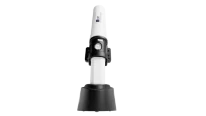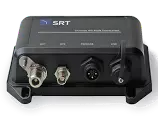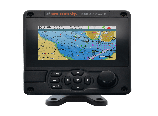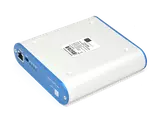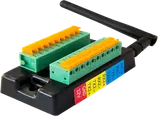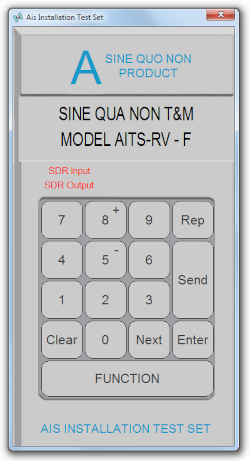AIS Aids to Navigation (AtoN)
Our AIS physical or real Aids to Navigation (AtoN) products offer superior performance including virtual AIS (VAIS/V-AIS) low power,
chaining, security and more. We focus on next generation of electronic navigation and operating enhancement for
the management and operation of ports, coastlines and waterways. Chaining, security, Virtual AIS (VAIS/V-AIS)
and Synthetic AIS features are available.
An AIS AtoN is typically installed on buoys and other Aids to Navigation to give the AtoN position and can be
integrated with lanterns and sensors such as weather, tide, temperature and water current. The AIS AtoN transmits
the data via the normal AIS network allowing the position of the AtoN and sensor information to be monitored in
all conditions with an AIS display. Virtual AIS (VAIS) and Synthetic AIS features are available.
There are three types of AIS AtoN’s namely AIS AtoN Type 1 (1 x transmitter only, FATDMA), AIS AtoN Type 2
(1 x transmitter and 1 x receiver, FATDMA) and AIS AtoN Type 3 (1 x transmitter and 2 x receivers, FATDMA and RATDMA).
A navigational aid (also known as aid to navigation, ATON, or navaid) is any sort of marker which aids the traveler
in navigation; the term is most commonly used to refer to nautical or aviation travel.
Common types of such aids include lighthouses, buoys, fog signals, and day beacons.
According to the glossary of terms in the United States Coast Guard Light list, an Aid to Navigation is any device external to a vessel or aircraft specifically intended to assist navigators in determining their position or safe course, or to warn them of dangers or obstructions to navigation.
Benefits of an AIS AtoN
- Systems that improve waterway control and safety
- Improved maritime domain awareness
- Accurate real time monitoring of buoy positions in all weather conditions
- Dynamic marking of shipping lanes
- Instant marking of new hazards with virtual and synthetic AtoN projection feature
- Automatic alerts in the event of buoy or lantern malfunction
- Ability to broadcast environmental information (meteorological and hydrological)
Maritime domain awareness systems improve efficiency, safety and security. AIS is a major technological step
forward, providing a reliable, globally adopted communication platform to deliver applications that benefit
many market segments. This includes protecting and optimizing activities in your Exclusive Economic Zone (EEZ).
Enhanced efficiency, safety and visibility with AIS. In addition to improved safety and security AIS is used
to improve the operational efficiency of vessels, ports and waterways, delivering lower operating costs
and maximising load factors (number of vessels).
Our unique 3D display system allows you to control and monitor all aspects of a strategic maritime facility.
Safety on the water is of paramount importance. AIS devices help to prevent accidents, and in the
unfortunate event of an incident, can help to ensure vessels and people are found and rescued quickly.
AIS aids national security by identifying threats to sovereign borders and Exclusive Economic Zones (EEZ).
Working with radar, AIS identifies ships using AIS; whilst radar identifies vessels that don’t have
AIS identification and may be potential threats.
Affordable Fleet Monitoring
Implementing a customised vessel tracking system within available budget for fleets of any size.
Giving authorities and fleet owners control of their fleet
Our vessel tracking system is designed to offer affordable, yet guaranteed fleet monitoring.
The use of multiple technologies, including satellite AIS where required permits our system to be easily deployed
along any coastline no matter the availability of coast monitoring locations – minimum cost, maximum functionality.
Leisure
AIS enhances the fun aspects of boating and sailing.
AIS and NMEA devices improves the safety of leisure boating and increases the fun whilst on the water.
The potential hazards of commercial vessels are mitigated, whilst the information from an AIS transceiver
will provide interesting information on weather and nearby vessels.
